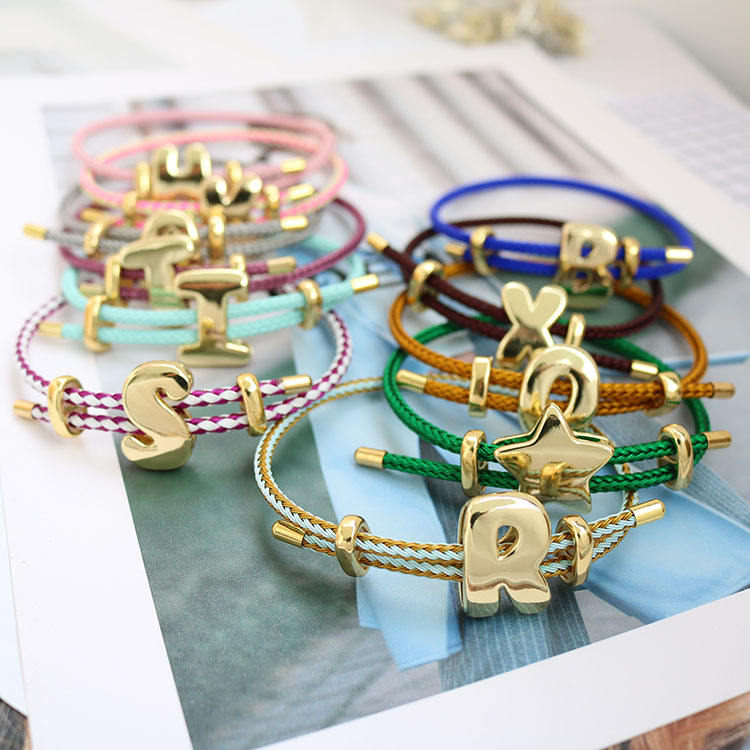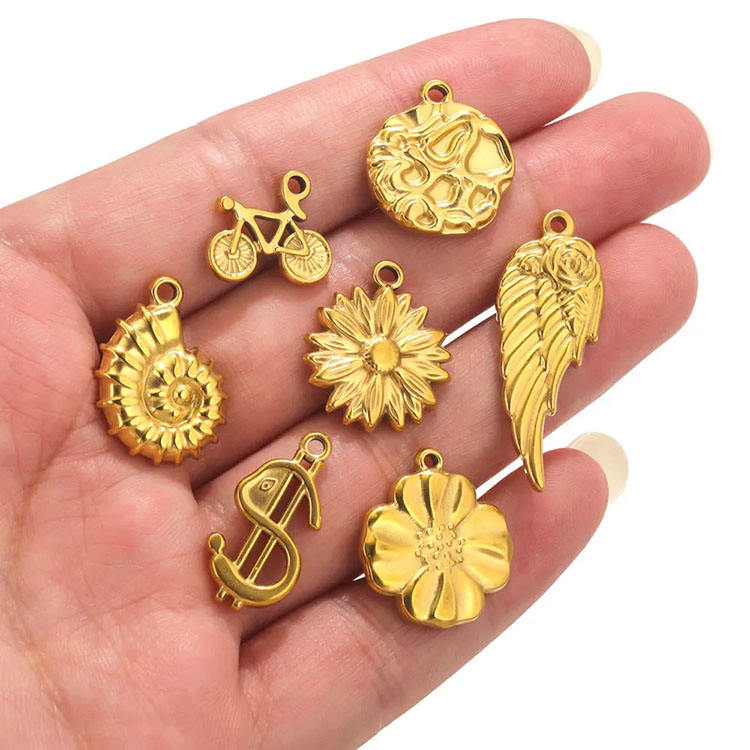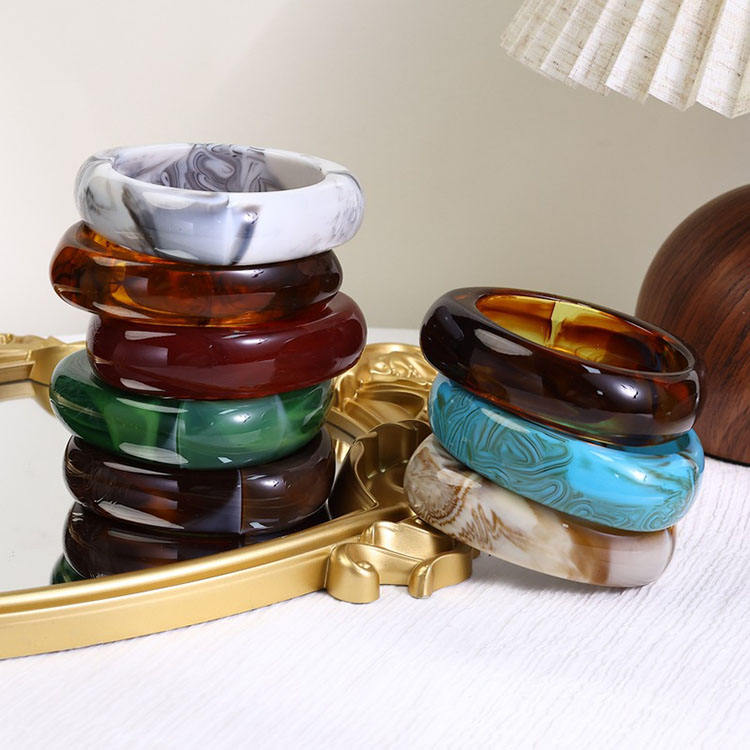Does Enamel Jewelry Have a Strong Presence in High-End Jewelry Markets?
When we think of fancy, expensive jewelry, diamonds, gold, and rare gemstones usually come to mind. But enamel—a material that’s been around for ages and comes in bright, rich colors—has made its own special, respected place in luxury jewelry. It doesn’t try to outshine those traditional fancy materials. Instead, it offers something unique that appeals to people with good taste. Here’s why it stays popular.
1. Great Craftsmanship Makes It “Wearable Art”
Making enamel jewelry takes a lot of skill. Artists layer fine glass powder on metal, heat it to high temperatures, and do this over and over to get smooth, long-lasting color. Big luxury brands like Van Cleef & Arpels (in their famous Alhambra collection) and Cartier (in their Ballon Bleu watch faces) mix enamel with gold or gemstones. This turns the jewelry into pieces people love to collect. The fact that it’s made by hand—skills passed down through families—makes enamel stand out in a market where “made in bulk” isn’t wanted.
2. Flexible Looks Let It Tell a Story
Unlike metals (which only come in colors like gold, silver, or platinum) or gemstones (which stick to their natural hues), enamel can be any color or finish. It can be bold and solid (like bright blue or red), see-through (for a soft, glowing look), or textured (to look like stones like malachite). This lets designers make jewelry with more than just shine—it can have patterns, contrasts, or even tiny “paintings.” For example, enamel adds colorful details to butterfly brooches, or a soft pop of color to simple gold bangles. It gives jewelry a story, not just a pretty look.
3. Long History Makes It Feel Rare
Enamel has been used for hundreds of years across the world. Think of old Chinese cloisonné (where metal wires make little “boxes” filled with enamel) or European designs from the Middle Ages. This long history adds meaning that luxury buyers love. A piece of enamel jewelry isn’t just an accessory—it connects you to years of art. Collectors especially like this: a vintage enamel pendant might look like something from the 1920s Art Deco era, and modern brands use old enamel techniques to link the past to today. This makes enamel feel rare, not just a plain decoration.
4. It Helps, Not Fights, Fancy Materials
Enamel almost never stands alone in expensive jewelry. Instead, it makes other fancy materials look better. It can outline diamond settings to make the diamonds sparkle more, fill in carved gold with color to add depth, or add soft tones to balance out big, bold gemstones. It’s like a “quiet hero”—not too loud to let gold or diamonds shine, but just enough to make the jewelry feel one-of-a-kind.
5. New Ideas Keep It From Feeling Old
Today’s designers keep enamel fresh. They mix it with unexpected materials (like light, strong titanium) or use it in simple but eye-catching designs. Younger people who buy luxury jewelry love that it’s unique—like custom enamel pendants with hand-painted initials. Blending old skills with new ideas stops enamel from feeling “out of date.”
Conclusion
Enamel jewelry has a strong, special place in high-end markets. It does well because it mixes art, history, and great craftsmanship. It offers color and stories that metals alone can’t. For buyers who want luxury with meaning—not just a fancy name—enamel is a timeless choice that will keep inspiring designers for years to come.









